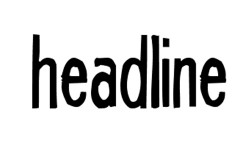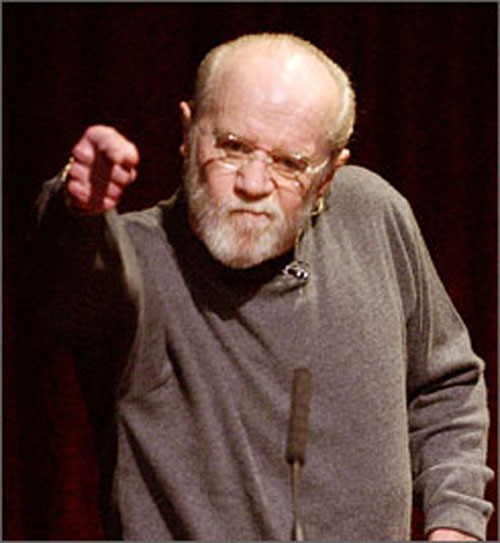I just added another of my favorite classic works to the website, The Art of Money Getting (alternately known as Golden Rules for Making Money) by the one and only P.T. Barnum.
I won’t babble for too long about how much I love this little booklet. I’d prefer if you read it for yourself. But let me make a few comments.
1) It contains very good, practical advice on being “economical.” You hear complaints about the bad economy. Well, the national and global economy is made up of billions of micro (personal) economies. Do you part!
2) Barnum presents a driving emphasis on focus, perseverance and hard work. “Hard work” is a dirty phrase these days. We’ve evolved, apparently. Work smarter, not harder. Even Scrooge McDuck taught us that lesson.
Tell that to Usain Bolt. If you think hard work and determination are not key elements in his success, you’re lying to yourself.
3) He keeps earning money in its proper perspective.
I’ll be the first person to tell you that money isn’t everything. Barnum puts it more eloquently than I could.
Getting rich is not always equivalent to being successful. “There are many rich poor men, while there are many others, honest and devout men and women, who have never possessed so much money as some rich persons squander in a week, but who are nevertheless really richer and happier than any man can ever be while he is a transgressor of the higher laws of his being.”
4) This stuff is just plain old good fashioned advice from a master businessman. Simple and straightforward, but rarely implemented tactics and strategies to success in life and in money-getting endeavors.
Check it out here. I guarantee you won’t be disappointed, and I guarantee you’ll benefit from reading it. It’s a 25-page PDF. You can read it in one sitting, if you like.





